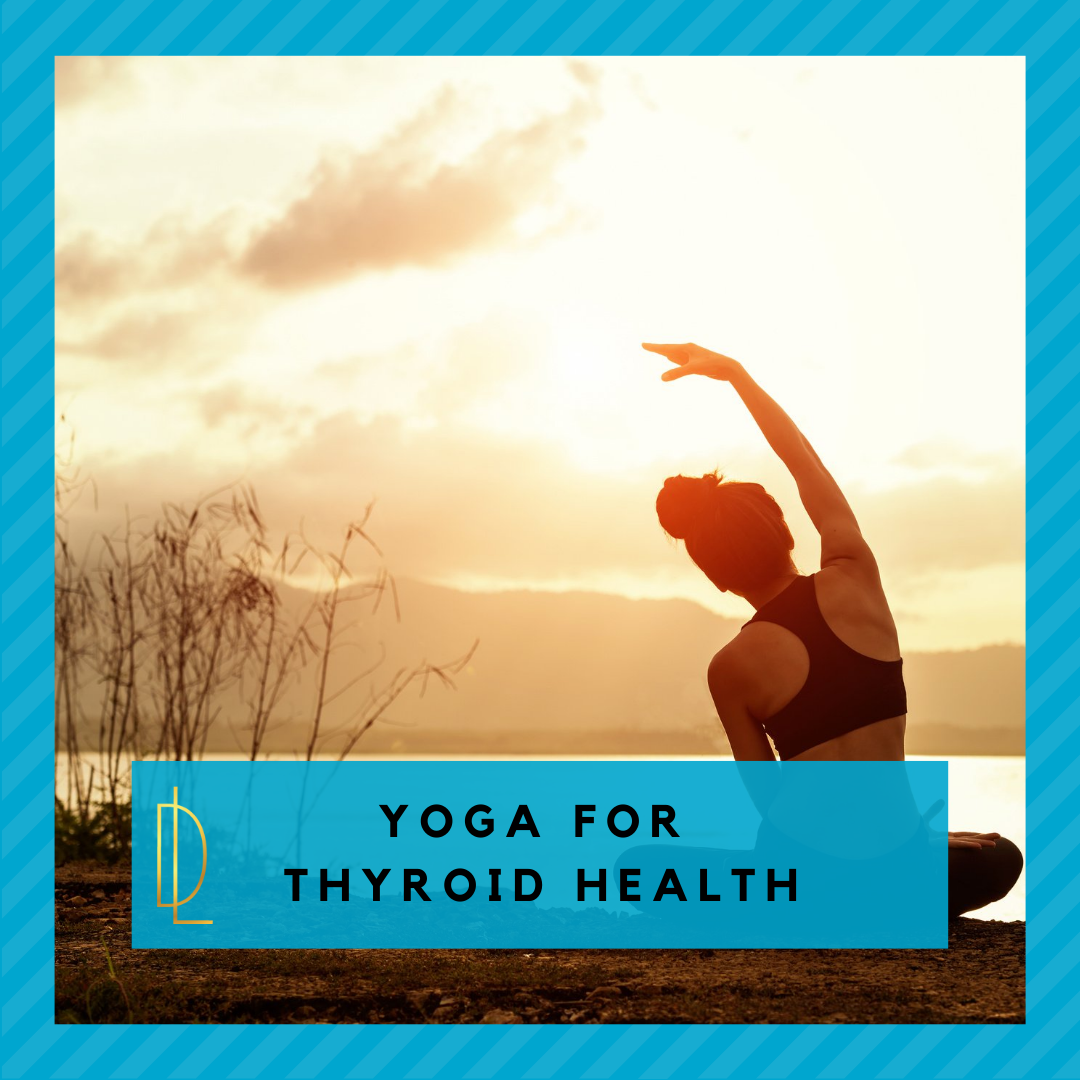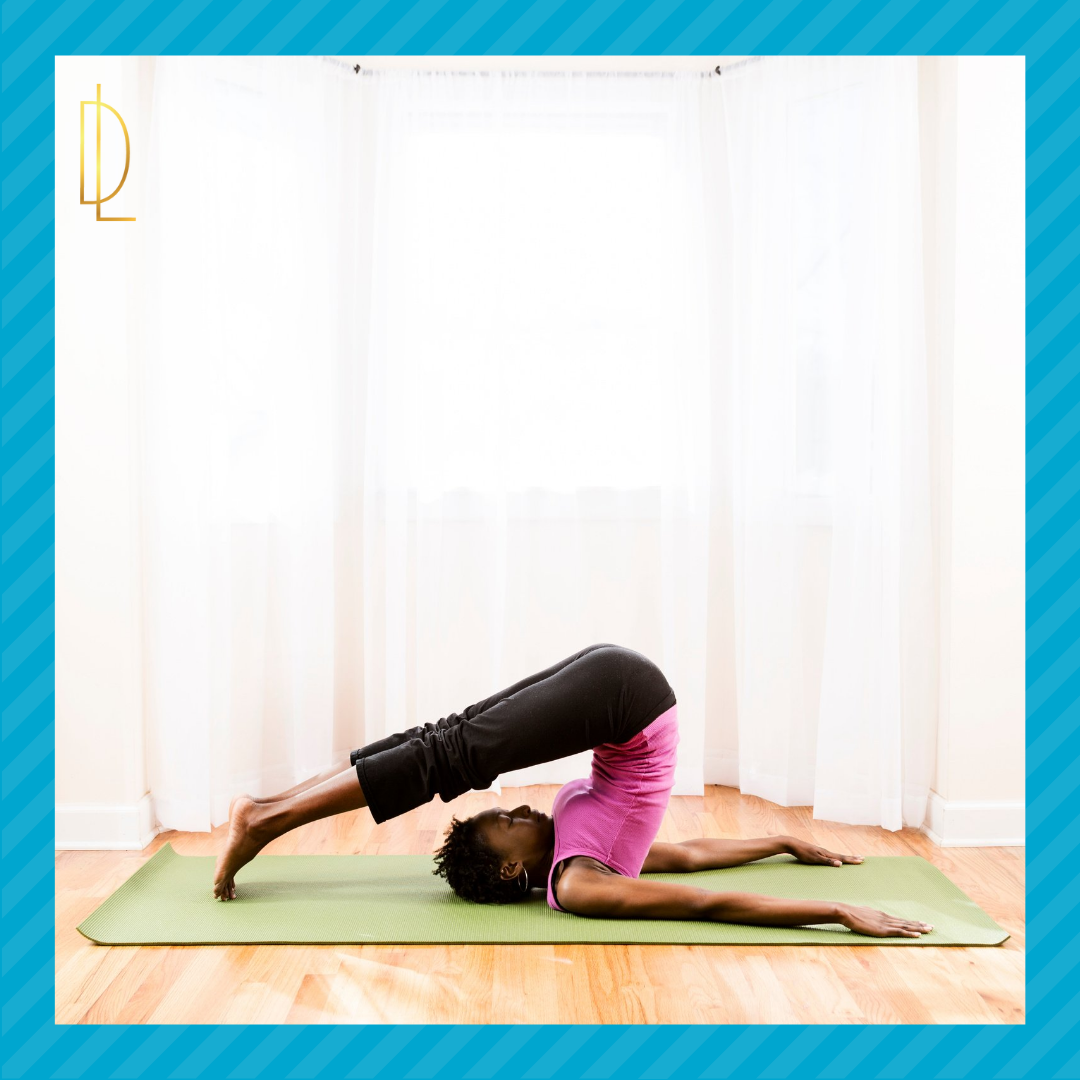Yoga for Thyroid Health
Because the thyroid has such wide-ranging effect on your body, trouble in the thyroid will also disturb most of your bodily functions. Thyroid dysfunction may occur in two forms: hyperthyroidism and hypothyroidism. Hyperthyroidism is having too many thyroid hormones in circulation, whereas hypothyroidism is not having enough thyroid hormones. This may start to appear in daily occurrences of symptoms like a loss in energy, chronic fatigue, weight disturbances, irregularities in your heart rate, parched skin, constipation or diarrhea, and even goiters, which are swellings in the thyroid’s region of the neck.
These everyday symptoms may worsen and develop into depression or anxiety. They also produce the risk of increased production of thyroid antibodies, creating a higher chance of autoimmune thyroid disease such as Hashimoto’s and Graves’ disease, which may worsen into thyroid lymphoma, a type of cancer.
In order to maintain healthy levels of thyroid hormones in circulation, it is important that you know what to do and what not to do. Your thyroid is very likely to be disturbed due to inflammatory foods such as those containing gluten and unhealthy levels of sugar. As you begin to take care of and notice your thyroid health, make sure to follow a diet that is rich in thyroid-friendly nutrients such as selenium, magnesium, and vitamin D. Lifestyle changes come in pairs: what you eat and what you do.
Yoga is your go-to exercise to ensure digestive cleansing and make sure that your glandular systems work in perfect synergy. This helps regulate the levels of thyroid hormone in circulation and help combat symptoms of thyroid dysfunction.
The Shoulder Stand Pose
Also known as the Sarvangasana, this is a simple yoga pose that helps blood flow from the legs to the head while the body is in an inverted position. This position helps stimulate thyroid glands and regulating thyroxin production.
The Plough Pose
Called the plow pose, or halasana, because of its resemblance to the Indian plow, this pose not only stimulates the thyroid glands and the abdominal glands by providing compression on the neck, but it also helps soothe the brain, release stress, and reduce fatigue.
The Fish Pose
Matsyasana,or the fish pose, requires taking the form of a fish. It provides gentle healing for symptoms related to thyroid dysfunction by stimulating the thyroid glands while it stretches out your neck. This pose helps relax your body, reduce stress levels and relax stiff muscles and joints. It combats the mood swings and depression caused by thyroid dysfunction.
The Bridge Pose
Setubandhasana,or the bridge pose, can have a substantial effect on the activation of your thyroid glands because of its deep neck stretch.It has a calming effect on your brain, reduces anxiety levels and enhances the digestive system.
The Cobra Pose
The cobra pose, or bhuangasana, is aptly titled as it involves a great degree of compression and stretching in the back and neck, which helps regulate the thyroid glands. This also improves blood circulation, strengthens the back and shoulders due to the flexibility required of the upper and middle back, tones your abdomen, broadens the chest, and reduces the levels of stress and fatigue caused by thyroid dysfunction.
The Headstand Pose
The holy grail of yoga is the infamous headstand pose. It has a direct effect on the regulation of the thyroid glands and it helps balance metabolic processes.The sirshasana, or headstand pose, increases over all wakefulness in the body as well, making you more alert.
Do you need help with your thyroid?
You can get your health back and enjoy a life of physical and mental wellbeing. When you heal from thyroid disease, you can get a fresh start on the life you want to live! Take this first step toward a healthy, beautiful life!







